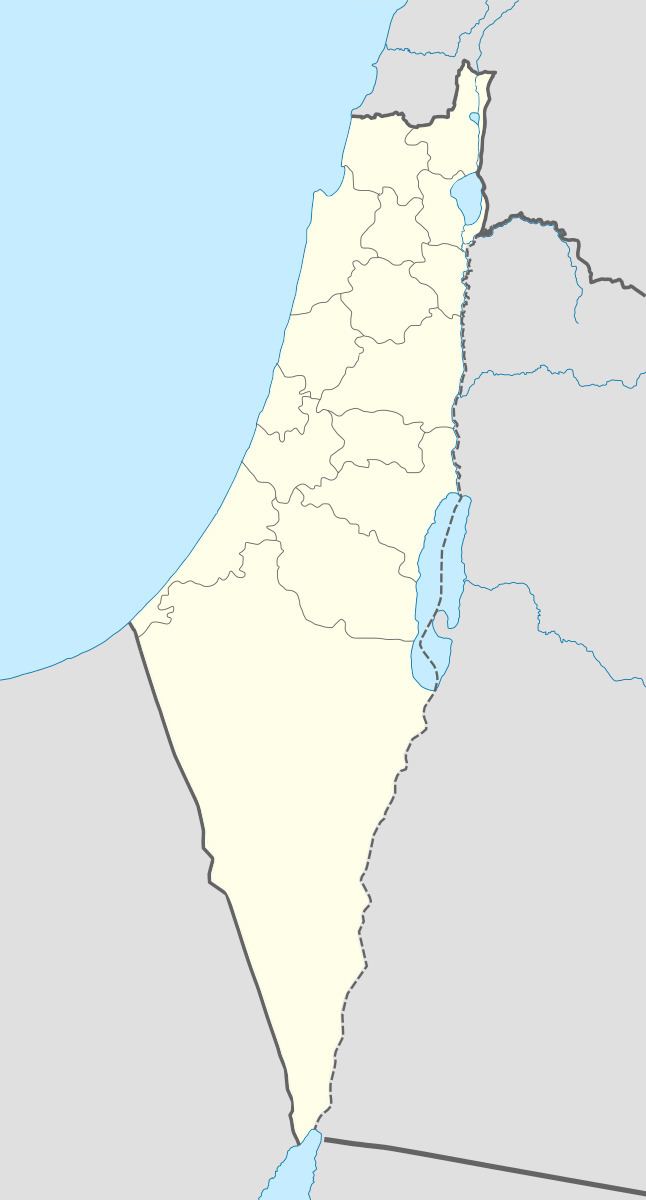Arabic فرونه Palestine grid 196/207 Local time Thursday 9:50 PM | Subdistrict Baysan Date of depopulation 11 May 1948 | |
 | ||
Weather 20°C, Wind W at 6 km/h, 35% Humidity | ||
Farwana (Arabic: فرونه), was a Palestinian village, located 4.5 kilometers (2.8 mi) south of Bisan, depopulated in 1948.
Contents
History
Identified with the ancient city of Rehov, extant during Egyptian rule over Canaan in the second millennium BCE, archaeological sites located on the former village's lands include Tell es-Sarem (i.e. Tel Rehov) and the remains of a synagogue from the third century CE.
Identification of Tel Rehov with the Rehob of the Egyptian texts was based on the preservation of the name at the nearby Islamic holy tomb of esh-Sheikh er-Rihab (1 kilometer to the south of the tel) and the existence of the ruins of a Byzantine era Jewish town of the same name (Rohob), 1 kilometer northwest of Tel Rehov, mentioned by Eusebius as being in the fourth mile from Bisan. Khirbet Farwana (Khirbet meaning "site of ruins" in Arabic) is also associated with Rohob.
British Mandate era
In the 1922 census of Palestine, conducted in Mandatory Palestine authorities, Farwaneh had a population of 84 Muslims, increasing in the 1931 census to 286, still all Muslims, in 72 houses.
In 1945, the population was 330 Muslims, with a total of 4,996 dunams of land. Of this, 42 dunams were for plantations or irrigable land, 3,847 for cereals, while 11 were built-up (urban) land.
1948 war and its aftermath
Farwana had a population of over 300 people when it was depopulated in the lead up to the 1948 Arab-Israeli war. Its Arab inhabitants, along with those of the neighbouring village of al-Ashrafiyya fled to Jordan with the approach of the pre-state Israeli forces of the Golani Brigade during Operation Gideon on 11 May 1948. The following day, the more than 72 houses that made up the village were completely destroyed. Farwana's inhabitants never returned to the village, and they and their descendants make up one small part of the current population of more than 4 million Palestinian refugees worldwide.
The Jewish Moshav of Rechov and the model farm Chawwat Eden were established on the former lands of Farwana. Ein HaNatziv was established in 1946 northeast of the village site, but on land belonging to Baysan, while Sdei Trumot, west of the village site, is on land belonging to Al-Samiriyya.
